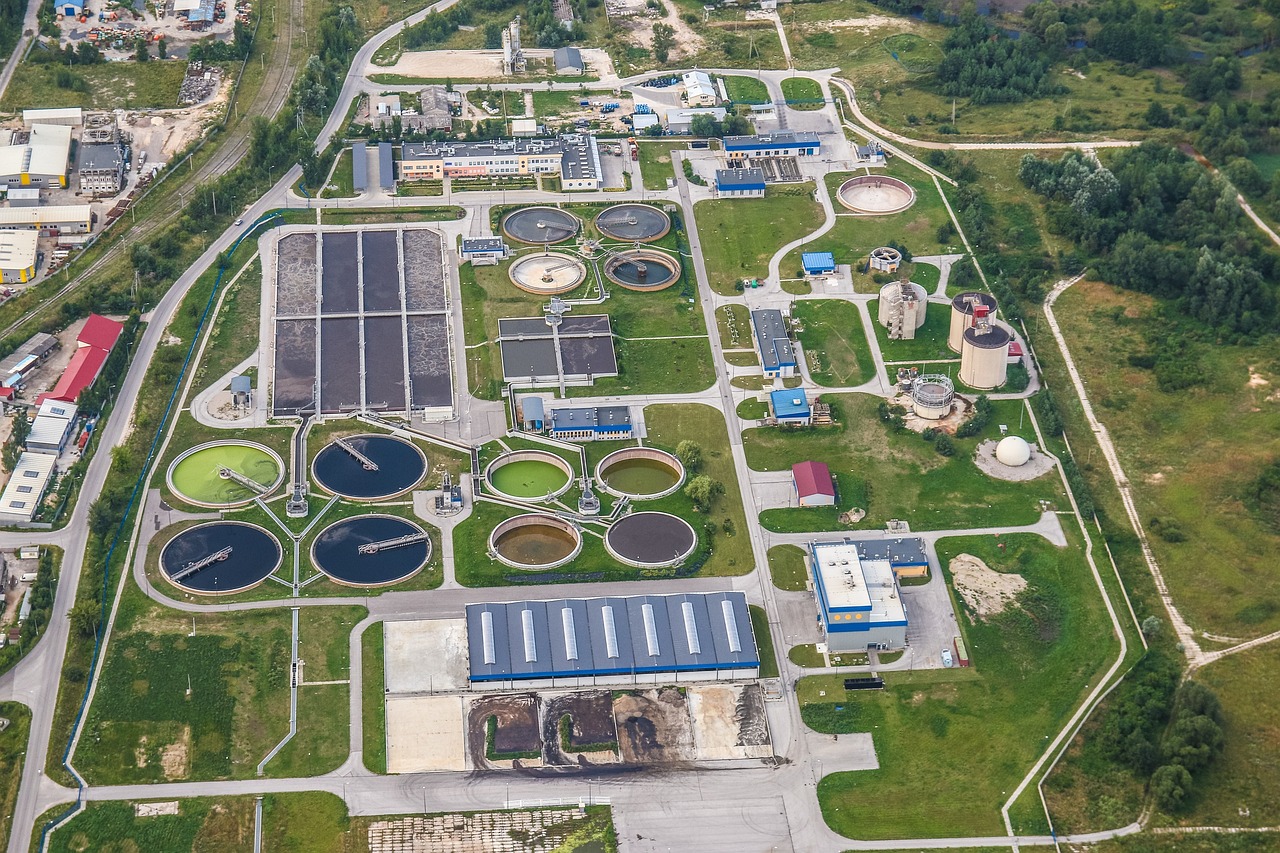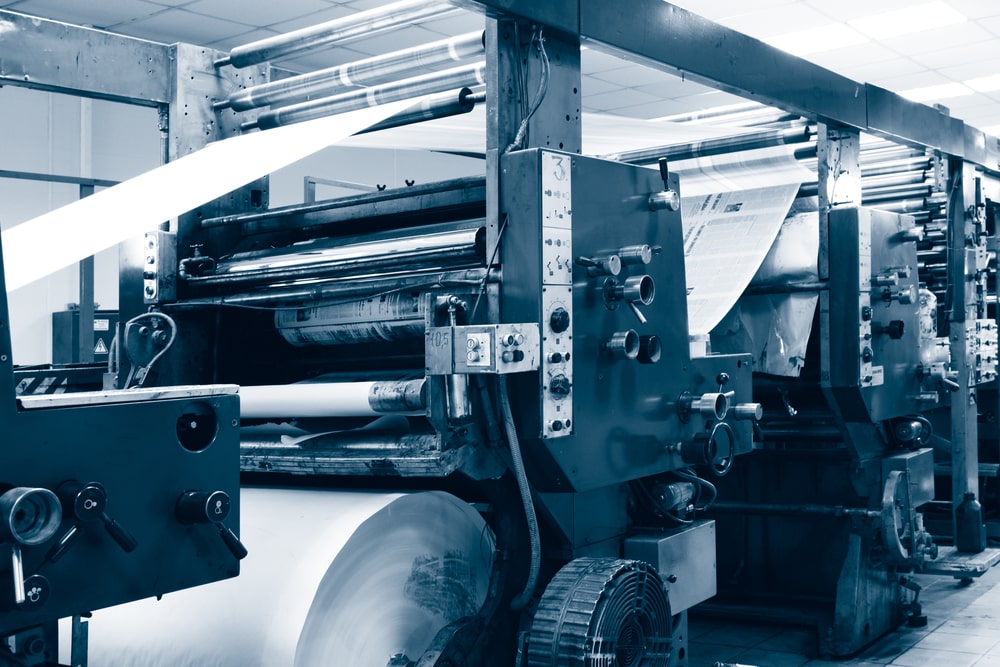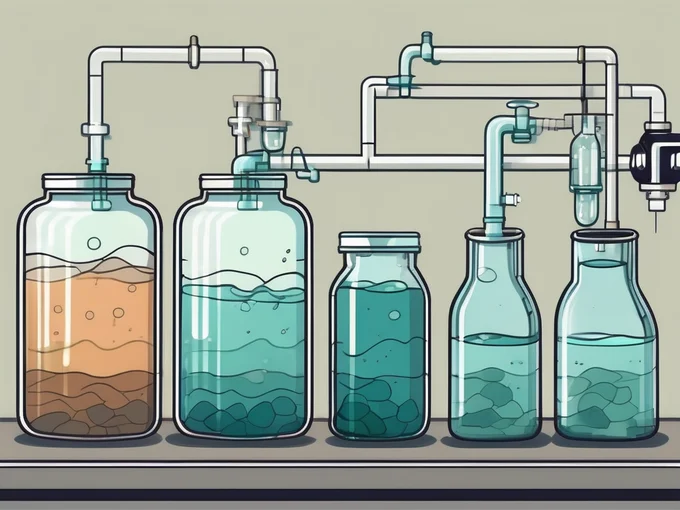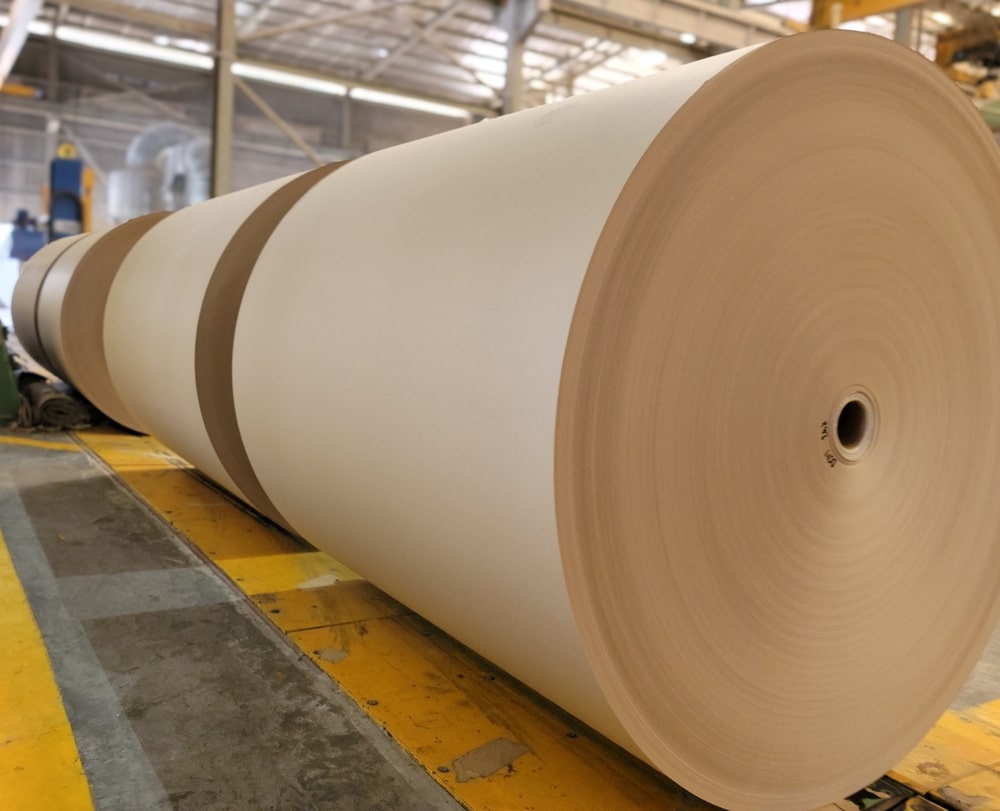Introduction
Sludge Treatment in Egypr relies almost entirely on the Nile as a major water supplier with a rate of 97% and 3% other from groundwater and desalination of salt water. The percentage of wastewater in Egypt according to official data is estimated to be approximately 6.9 billion m3 /year. So, the general orientation of the Egyptian authorities is to collaborate between the public and private to increase projects that aim to treat wastewater through a public-private partnership (PPP) model and are evolving into a full-scale program as more wastewater treatment plants (WWTPs) are being constructed across the country.
Table of Contents

Sectors wastewater production
Different sources produce wastewater but which sector or source monopolizes the most part or production of wastewater ?
Manufacturing and Industrial Companies
Most of the most hazardous wastewater comes from the manufacturing and mining industries. Industrial wastewater often contains a mix of:
- Heavy metals
- Harsh chemicals like acids, soaps, and solvents
- Bacteria from a wide range of sources
- Hydrocarbons in various forms
- Dissolved minerals
- Micronutrients like nitrogen and phosphorous that can set off algae blooms
- Small particles of polymers, resins, and other materials with long periods of biodegradability.
Although what is contained in wastewater makes the Sludge Treatment process the result will be reused since it takes the process that is required and the right doses of chemicals from a trusted partner who provides technical services and high-quality chemicals.
Wastewater Sludge Treatment plants
In 2019/2020, There are more than 445 wastewater treatment plants (WWTP) existed in Egypt. The coverage with improved sanitation gradually increased from 56% in 2004 to 65% in all of Egypt in 2019/2020. These wastewater treatment plants are different from large urban plants to small plants. These plants have a variety in capacity and size.

The Sustainable Way Forward
Egypt is working on maximizing its water resources to meet the demand for water and increasing the demand for industrial, agricultural, and human needs. National efforts include creating other sources of water by providing more wastewater treatment plants. The government has allocated $50 billion for water projects that will be launched in 2037.
Planning for expansion WWTP
The Au Rawash plant is one of the projects that cost millions and is designed to treat 714 tonnes of sludge per day, generated by the 2 million cubic meters per day.
This plant will move Egypt to ward sustainability and implement effective wastewater management.
The economic advantage of wastewater treatment
- Close the gap between demand and supply for water in Egypt.
- Generate the most sustainable alternatives which is wastewater that is already treated.
- Helping in achieving sustainable development goals.
- Solve the problem of getting rid of wastewater in rivers or any renewable water resource.

Challenges of Egypt`s WWTP
Despite the huge effort that Egypt makes to eliminate wastewater and solve the problem of shortage of water by increasing the number of wastewater treatment plants, Egypt still faces challenges.
One of these challenges is an increasing number of populations that increase pressure on wastewater treatment plants that already exist.
Plus, Need for the financial sector. To increase the number of WWTPs, Egypt will need capital investment and technical support for wastewater treatment, which affects the construction and operation of wastewater treatment plants.
One of the most important challenges is using traditional or old facilities which affect the efficiency and effectiveness of the wastewater treatment process. Here is the role of advanced techniques like polymers. One of the polymers that reduce cost and time and give effective wastewater treatment is polyacrylamide.
Wastewater Sludge Treatment has become the crowning glory of the world and no factory or industrial sector skip it.
So if you need any technical support in the wastewater treatment process, contact us now.




